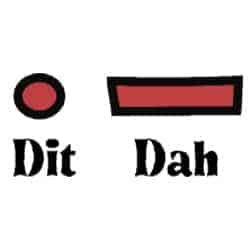Trending Posts
At The Daily Dabble, we believe that life is too short to be stuck in a rut. That’s why we’ve created a platform that’s dedicated to helping people discover and explore new things. Our website is a hub of information and resources that will help you learn new skills, try new hobbies, and have new experiences.
We understand that everyone is different and that’s why we offer a wide range of topics to choose from. Whether you’re interested in learning the dying language of Morse code, mastering origami, or getting into DIY projects, we’ve got something for you. Our team of experts and community members share their knowledge and experiences through step-by-step tutorials, articles, and videos.
We also understand that it can be daunting to try something new, especially if you’re not sure where to start. That’s why we’ve made it easy for you to find the information you need. Our site is organized by categories, so you can quickly find the information you’re looking for.
Join our community of dabblers today and start your journey of discovery and exploration. With The Daily Dabble, the possibilities are endless!




